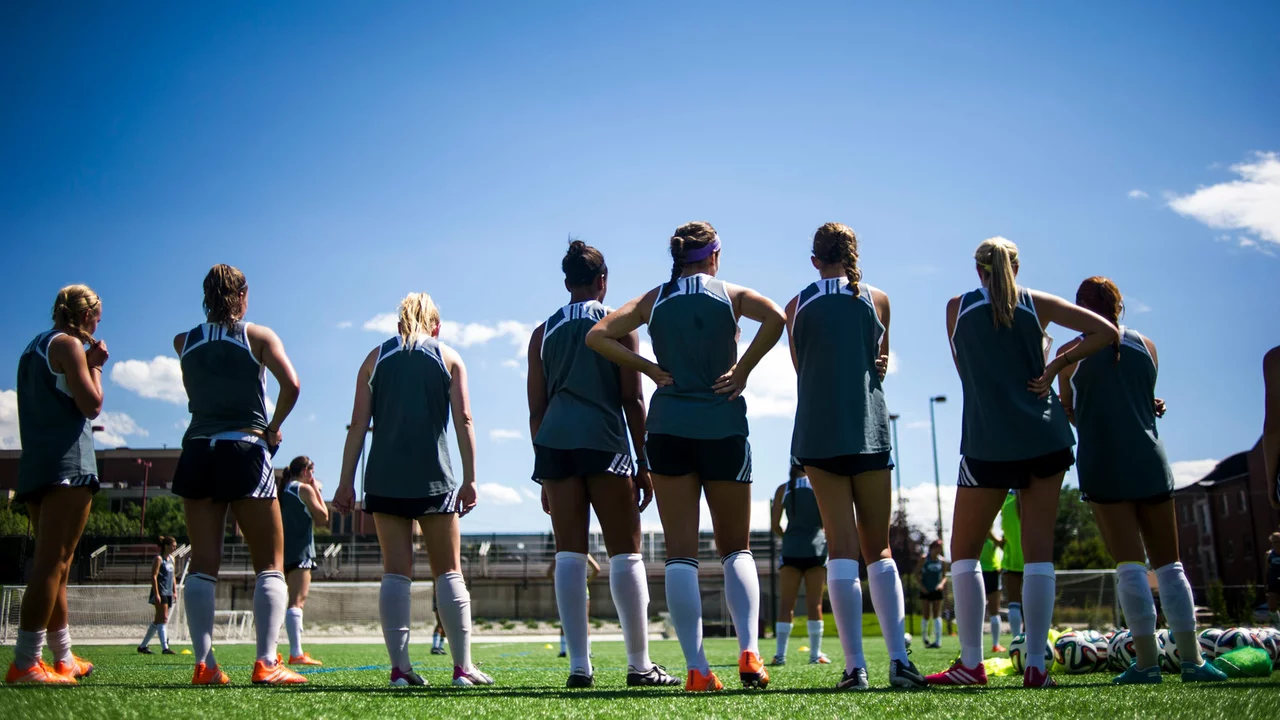Division in Sports: What It Means and Why It Matters
Ever wonder why your favorite team plays the same few opponents every year? That's the power of a division. In most leagues, a division groups teams by geography or history, creating a mini‑competition within the bigger season. It shapes schedules, playoff chances, and even rivalries. Understanding how divisions work helps you follow the action better and spot the storylines that keep fans hooked.
How Leagues Build Their Divisions
Leagues usually start with a simple rule: keep travel costs low and regional pride high. The NFL, for example, splits 32 teams into eight divisions of four, each based on a city cluster. NBA and NHL follow a similar pattern, but with fewer teams per division. College football does it a bit differently, using conferences that act like giant divisions covering whole regions. The goal is always the same – give teams a clear set of rivals and a path to the postseason.
What Divisions Do for Teams and Fans
When a team wins its division, it often secures a playoff spot or a better seed. That safety net can change how coaches approach the season, from rotating players to pushing hard for a win‑and‑don’t‑lose record. Fans feel the impact too. Division games become instant classics, and a single loss can spark heated debates on social media. The sense of belonging – cheering for the “team from our division” – turns casual viewers into lifelong supporters.
Divisions also affect the business side. TV contracts, ticket prices, and merchandise sales all get a boost when rivalries are fierce. A Cleveland‑Cincinnati matchup, for instance, draws more viewers than a random cross‑country game. Sponsors love that exposure, and teams can leverage it for better deals. So the division isn’t just a scoreboard column; it’s a revenue engine.
For players, division games are chance to prove themselves against familiar foes. Scouts and analysts watch how a quarterback handles a tough defense they face twice a year. A strong performance can boost a player’s reputation, contract talks, and even Hall of Fame debates.
One common question is whether divisions can change. They do, especially when leagues expand or shrink. The NFL added the Houston Texans in 2002, reshuffling divisions to keep balance. In college sports, teams sometimes jump conferences looking for better competition or more money. Those moves can shake up historic rivalries but also create fresh storylines for fans to enjoy.
Bottom line: a division is the engine that drives schedules, rivalries, and playoff paths. It turns a long season into a series of meaningful battles, giving each game a purpose beyond just a win or loss. Next time you watch a Saturday night football game, remember the division stakes behind those tackles, touchdowns, and cheers.

What division is Marist College football?
Well, in the exciting world of college football, our beloved Marist College finds its home in the Pioneer Football League. That's right, folks, they're a proud member of NCAA Division I FCS. Now, you might be thinking, "FCS? Isn't that a lower tier?" But don't let that fool you! This league is packed with action and the Red Foxes can certainly hold their own. So, grab your red and white scarves, because Marist College football is always a thrilling ride!
© 2025. All rights reserved.